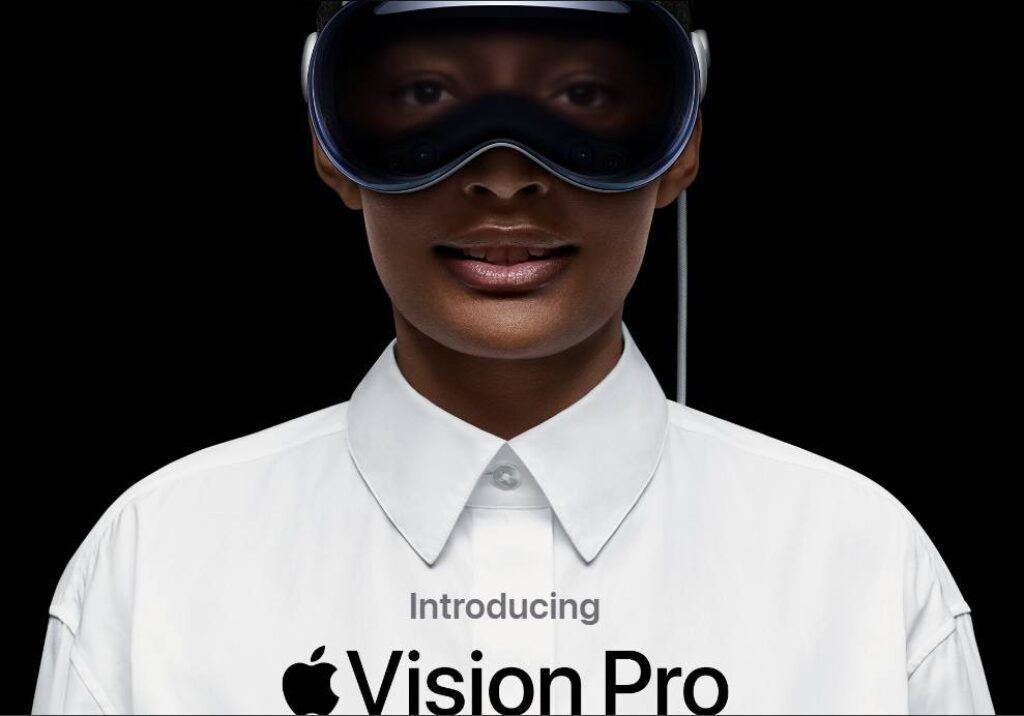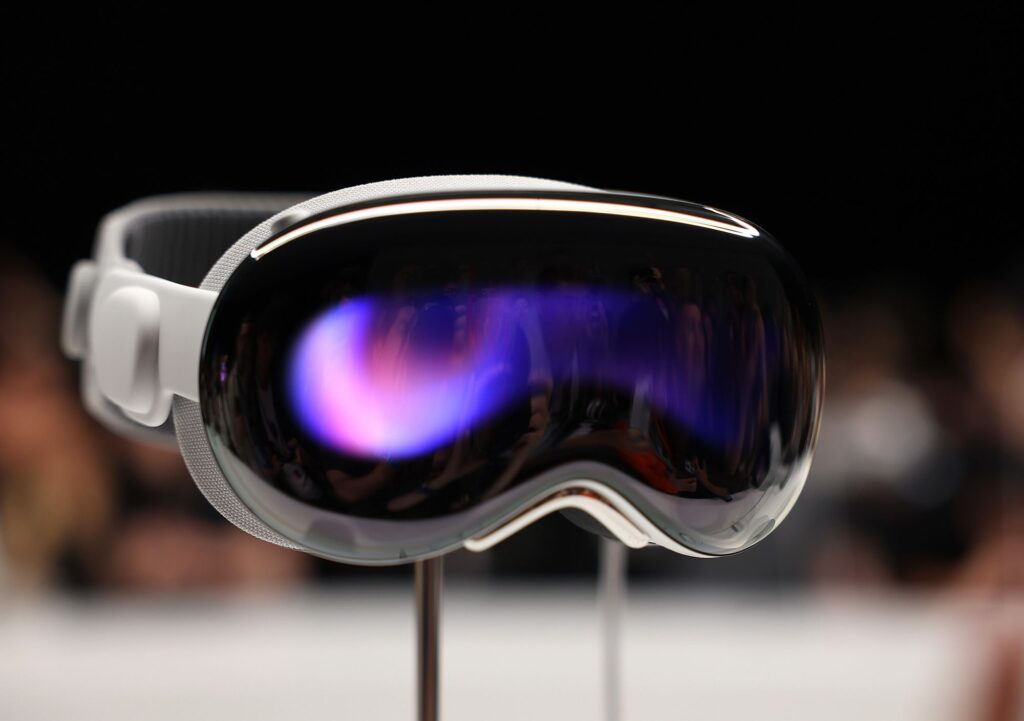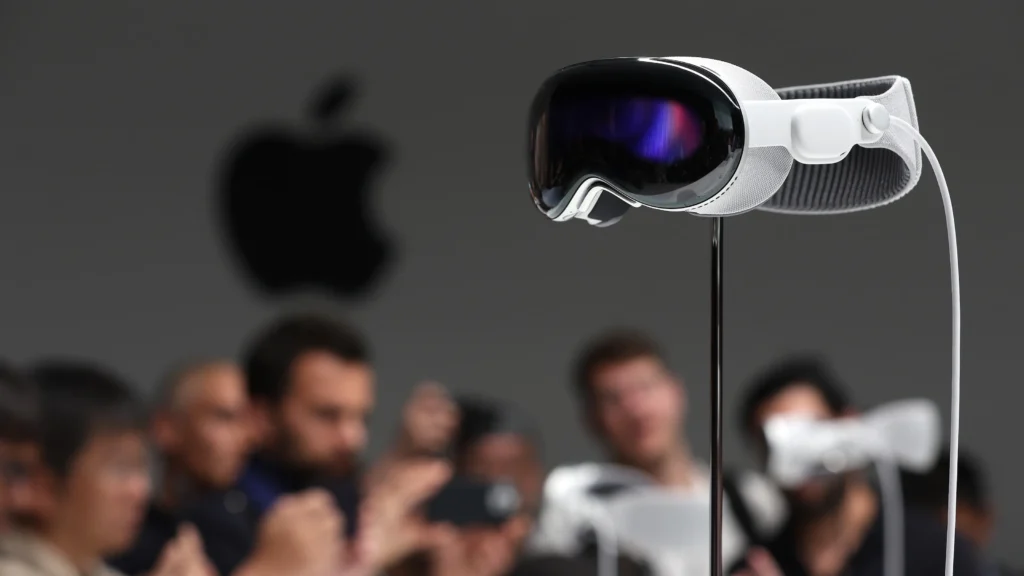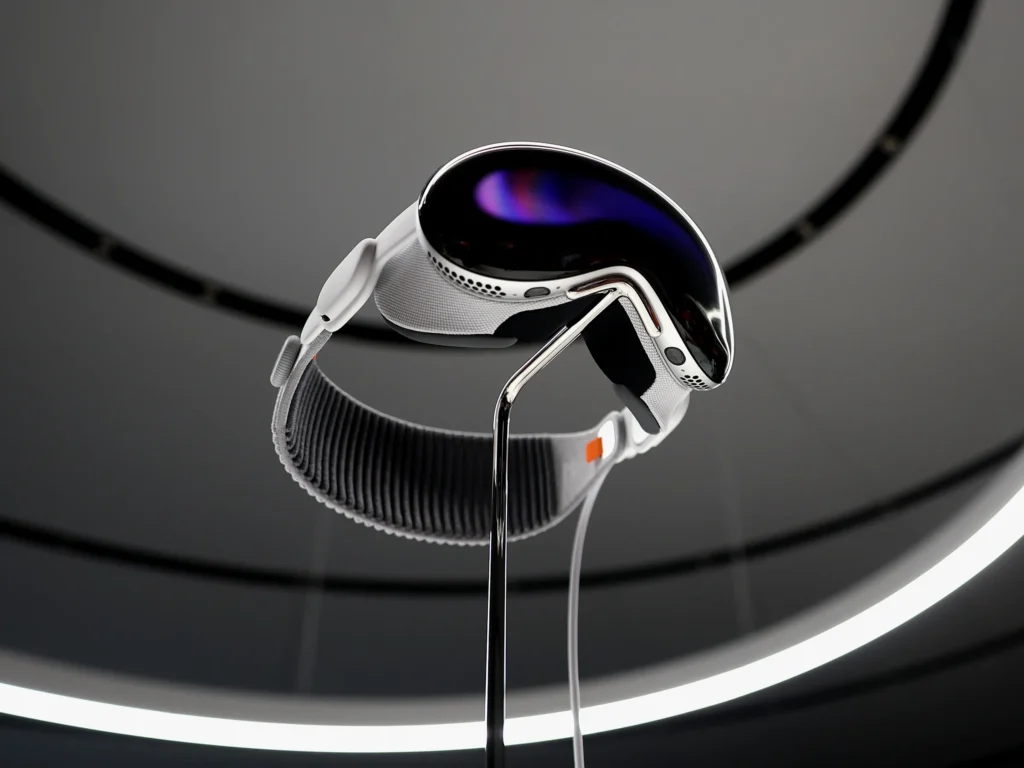
In the rapidly evolving landscape of technology, the term “augmented reality” (AR) has emerged as a game-changing frontier with the potential to reshape our digital experiences. At the forefront of this transformative technology stands Apple, a company renowned for its pioneering innovations and seamless integration of cutting-edge features into its products. As we peer into the future of AR, it is impossible to ignore Apple’s influential role in driving innovation in this exciting field.
Augmented reality is the fusion of the digital and physical worlds, which allows us to interact with digital information and virtual objects in our real-world environment. While AR technology has made significant strides in recent years, it is still in its infancy compared to other technologies like smartphones or personal computers. However, with Apple’s unwavering commitment to innovation and its vast ecosystem of hardware, software, and developers, there is every reason to believe that AR’s potential is on the cusp of being fully realized.
This article will delve into Apple’s multifaceted role in the future of augmented reality, exploring its current endeavors, visionary initiatives, and potential impact on industries ranging from entertainment and gaming to education and healthcare. By examining Apple’s past accomplishments and its vision for the future, we will gain valuable insights into how AR is poised to transform our daily lives.
Table of Contents
Apple’s AR Journey So Far

Source: blockzeit.com
Apple’s entry into the world of augmented reality can be traced back to 2017 with the release of ARKit. This software development platform enables developers to create AR applications for iOS devices. This marked Apple’s first significant foray into the AR arena, and it took a little while for the technology to captivate users. Apps like Pokémon GO and Ikea Place showcased the potential of ARKit, allowing users to catch virtual creatures and place virtual furniture in their real-world surroundings.
Building upon ARKit’s success, Apple invested heavily in AR development. In 2020, the company launched LiDAR (Light Detection and Ranging) scanners in its iPad Pro and iPhone 12 Pro models. These advanced sensors significantly improved the accuracy and capabilities of AR applications, enabling better object recognition and more immersive AR experiences.
Which Industries Can Benefit from Augmented Reality App Development?
Augmented Reality (AR) app development holds immense potential to benefit a wide range of industries by enhancing user experiences, increasing efficiency, and providing innovative solutions. Here are several industries that can avail themselves of the advantages of AR app development:
Entertainment and Gaming
AR games have already demonstrated this sector’s immense popularity and revenue potential. AR can add interactive elements to concerts, sports events, and festivals, enhancing the overall experience for attendees.
Retail and E-commerce
Customers can try on clothes, accessories, or cosmetics virtually, helping them make more informed purchase decisions. AR apps allow customers to visualize how furniture and home decor items will look in their living spaces.
Education
AR apps can make learning more engaging by overlaying digital information, animations, and 3D models onto textbooks or real-world objects. In fields like medicine and engineering, AR can provide hands-on training simulations.
Manufacturing and Maintenance
These apps can guide technicians through complex assembly processes or maintenance tasks with step-by-step visual instructions. AR can also help quality control inspections by highlighting defects or providing real-time data.
The applications of AR are continually expanding, and its potential to transform various industries is significant. As AR technology becomes more accessible and sophisticated, even more sectors will likely find creative and practical ways to leverage AR app development for their benefit.
The Apple AR Ecosystem

Source: cnn.com
One of Apple’s key strengths in the AR race is its vast ecosystem of products and services. With countless iPhones, iPads, Macs, and Apple Watches being used worldwide, Apple possesses a vast audience to engage with. By seamlessly integrating AR features into its devices and operating systems, the company has made AR accessible to a broad audience.
While Apple supports maintenance and provides spare parts like a1466 hard drive or others, their ecosystem extends beyond hardware. The App Store is home to a growing library of AR apps, games, and tools, thanks to Apple’s ongoing support for AR developers. The company has provided developers with the tools and resources to create compelling AR experiences, resulting in a thriving AR app ecosystem.
Apple’s Vision for AR
Apple’s interest in augmented reality goes beyond entertainment. The company envisions AR as a technology that can enhance various aspects of our lives. From education and healthcare to design and productivity, Apple aims to integrate AR seamlessly into our daily routines.
One notable example is Apple’s rumored AR glasses project, which has generated substantial excitement and speculation. These glasses could revolutionize how we interact with information, providing heads-up displays and immersive application experiences. By offering a hands-free AR experience, Apple could profoundly bring augmented reality into our everyday lives.
The Impact of Apple’s AR Initiatives

Source: bigthink.com
Apple’s continued investment in augmented reality is poised to impact various industries significantly. AR could revolutionize how students learn by offering immersive and interactive educational content.
AR applications could assist medical professionals in diagnostics and surgery, ultimately improving patient care. In entertainment, we could see a new era of immersive storytelling and gaming experiences that blend seamlessly with the real world.
Furthermore, Apple’s influence on AR standards and practices could help shape the entire AR industry. As a company known for its commitment to user privacy and data security, Apple’s involvement in AR ensures that these critical considerations are part of the conversation.
The Bottom Line
The future of augmented reality is undeniably intertwined with Apple’s commitment to innovation and its ever-expanding ecosystem. With a history of pushing technological boundaries, a vast and dedicated user base, and a vision for AR that extends far beyond entertainment, Apple is poised to be a driving force in the evolution of AR technology.
As Apple continues to unveil new AR advancements and products, we can expect augmented reality to become an increasingly integral part of our daily lives. Whether it’s through AR glasses, enhanced educational experiences, or groundbreaking healthcare applications, Apple’s role in shaping the future of AR is both promising and captivating. The only certainty is that the journey into this exciting augmented world is just beginning, with Apple at the forefront of the adventure.








